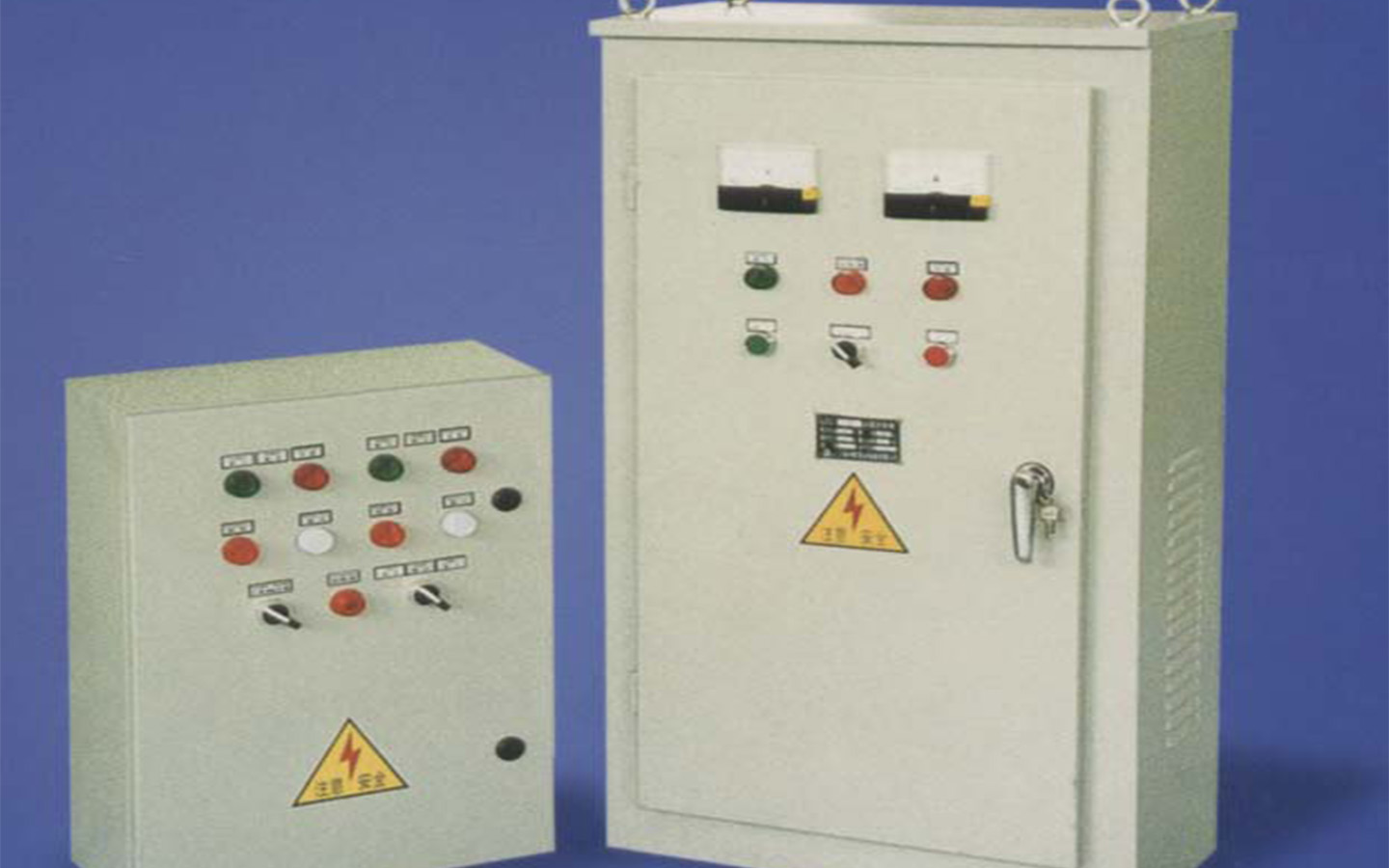Product structural characteristics:
1. The casing of the switchgear is made of aluminum-zinc steel plate processed by machine tools, and multiple folding edges are adopted to ensure high precision, strong corrosion resistance, and oxidation resistance of the entire cabinet. This design also prevents deformation and damage of the cabinet caused by electric power and thermal effects when the main circuit is short-circuited. The cabinet door is made of 3mm cold-rolled steel plate, stamped, and then coated with high-temperature cured powder electrostatically. The inner and outer surfaces are non-dazzling, non-reflective, and aesthetically pleasing, with the cabinet door color according to customer requirements. The mechanical interlocking parts undergo surface treatment processes such as pickling, phosphating, and hot-dip galvanizing to ensure that the equipment does not rust during its service life. The protection class of the switchgear enclosure is IP4X, and the internal protection class after opening the panel is IP2X.

2. The switchgear is divided into different compartments according to their functions, including the relay instrument room, circuit breaker room, bus room, and cable room. The protection level between each compartment reaches IP2X, and all compartments except the relay instrument room have pressure relief channels. Due to the arrangement in the middle, the cable room position is significantly increased, allowing multiple cables to be connected to the equipment.
3. Interlocking device to prevent misoperation:
The switchgear is equipped with a reliable interlocking device to provide reliable safety protection for operators and maintenance personnel. Its functions include:
4. Pressure release device:
Pressure release devices are installed above the handcart room, bus room, and cable room. When there is an internal fault arc in the circuit breaker or bus, the appearance of the arc will increase the internal pressure of the switchgear. The pressure release metal plate installed on the top will automatically open to release the pressure and discharge the gas, ensuring the safety of the operators and the switchgear.
5. Interlocking between secondary plug and handcart position:
The connection between the secondary lines on the switchgear and the secondary lines on the handcart is achieved through a secondary plug. The movable contact of the secondary plug is connected to the handcart through a nylon corrugated expansion tube, and the secondary static contact seat is installed in the upper right corner of the circuit breaker room of the switchgear. The handcart can only plug and unplug the secondary plug when it is in the test/isolation position. When the handcart is in the working position, the secondary plug is locked by the mechanical interlock device of the handcart, so it cannot be pulled out. The circuit breaker handcart can only be opened without plugging in the secondary plug, and the closing mechanism of the circuit breaker handcart is locked by an electromagnetic coil, so it cannot be closed.
6. Live display device:
The switchgear is equipped with a live display device, which consists of a high-voltage sensor and a portable display. When it is necessary to detect whether phases A, B, and C are live, simply plug the portable display into the L1, L2, and L3 interfaces. If the display activates, it indicates that the busbar or feeder is live. Otherwise, it indicates that it is not live. It can also be used as a phase sequence detector or electric light indicator. Its function is also to detect whether the high-voltage side is live.

 Español
Español Русский
Русский Tiếng Việt
Tiếng Việt 中文
中文 suomi
suomi Français
Français Português
Português English
English Deutsch
Deutsch Français
Français Español
Español Italiano
Italiano Português
Português Pусский
Pусский


